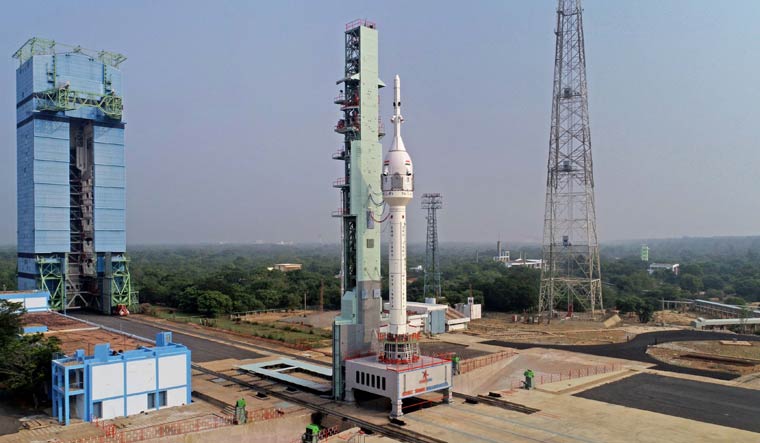After the success of Chandrayaan-3, the ISRO will take a monumental step in its ambitious human space flight programme, Gaganyaan, on Saturday when a single-stage liquid propulsion rocket will lift off from the first launch pad at the Sriharikota spaceport at 8.45am.
The launch, which was scheduled at 8am, was deferred due to weather conditions.
The uncrewed flight test, equipped with a Crew Module and Crew Escape System, will study the safety of the system in bringing astronauts back to Earth in the Gaganyaan mission.
What is the Gaganyaan mission?
It aims to send humans into space on a Low Earth Orbit of 400km for a three-day mission and bring them safely back to Earth in 2025. The success of Saturday's test flight would set the stage for the remaining qualification tests and unmanned missions, leading to the first Gaganyaan programme with Indian astronauts.
A hand-picked team of four astronauts is currently undergoing training at the Astronaut Training Facility in Bengaluru, which includes mission-specific training.
What is the Test Vehicle Mission?
On Saturday, ISRO would attempt a successful launch of its Test Vehicle - Demonstration (TV-D1), the single stage liquid propulsion rocket. The TV-D1 vehicle uses a modified VIKAS engine with a Crew Module and Crew Escape System – its payloads - mounted at its fore end. The vehicle is 34.9 metres tall and has a lift-off weight of 44 tonnes.
ALSO READ: Why is Gaganyaan mission's first test flight significant?
The crew module is a habitable space with an Earth-like environment in space for the crew. It consists of a pressurised metallic 'inner structure' and an unpressurised 'external structure' with 'thermal protection systems'. The Crew Module houses the crew interfaces, life support system, avionics and deceleration systems and is also designed for re-entry to ensure the safety of the crew during the descent till touchdown. It would capture flight data for evaluation of the performance of various systems onboard, enabling the scientists to gain knowledge on the performance of the vehicle.
What will happen during the TV-D1?
At an altitude of approximately 17km, the safety systems will disengage from the rocket and initiate a sequence of actions, including parachute deployment, to safely return the crew capsule to Earth.
The capsule will make a controlled landing in the sea, approximately 10km from Sriharikota coast.


